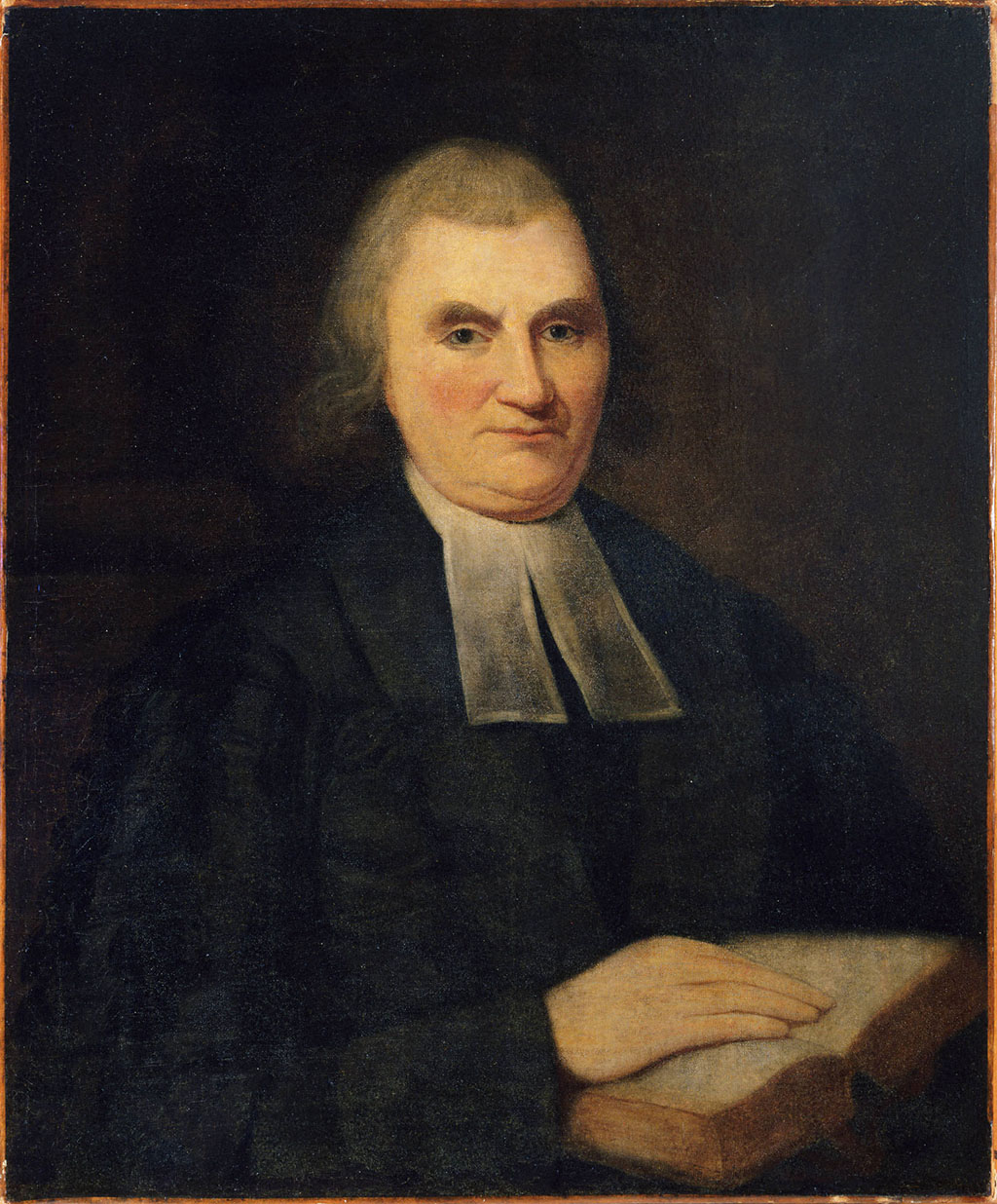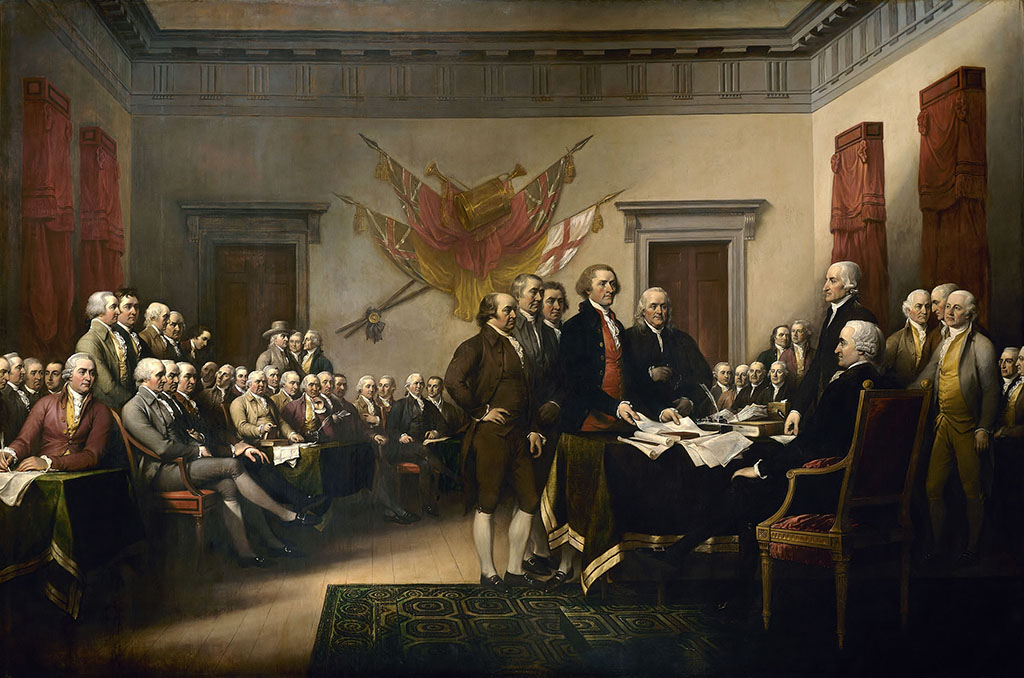Hollywood move star Reese Witherspoon is A-class Hollywood royality.
She’s won an Oscar, and the hearts of a nation, with her acting, in a huge variety of roles.
But what’s less well known as that, despite her southern drawl, she’s of Scots ancestry.
It was her role as Elle Woods in the 2001 breakout hit Legally Blonde which first made critics and the public sit up and pay attention to Reese. But it was the American actress and producer’s gutsy portrayal of Johnny Cash’s wife, June Carter, in the 2006 film Walk the Line which saw her pick up a slew of awards including an Oscar, Golden Globe and BAFTA.
She has since received Oscar and Golden Globe nominations for the 2015 film Wild which she not only starred in, but produced.
Reese’s lineage boasts not one but two esteemed Scottish historical figures; firstly, John Knox Witherspoon and secondly, as the former name suggests, John Knox himself.
It is believed that John Witherspoon, a Founding Father of the United States, is Reese’s first cousin nine times removed and that John Knox is her 12th great-grandfather. Witherspoon takes great pride in her Scottish heritage, understandably so with ancestors as venerated as these two Scottish historical giants.

John Witherspoon, an ancestor of actress Reece Witherspoon
Born in Haddington, East Lothian, John Knox was a Scottish clergyman and a leader of the Protestant Reformation of the Church of Scotland. Ordained to the Catholic priesthood in 1536, Knox served King Edward VI of England as a royal chaplin prior to the overthrow of Roman Catholicism within Scotland.
Reese herself was raised in a very devout Episcopalian family, a faith that describes itself as ‘Protestant, yet Catholic’. This may seem ironic given her ancestral links, but it is fitting when you consider that the crest of the religious branch is composed of both a St George’s and a St Andrew’s cross. This forms another strong association between the actress and her Scottish past.
The ups and downs of Knox’s life, could easily form the basis of a gripping movie plot.
After the murder of Cardinal Beaton in 1546 he was taken prisoner and exiled to England before moving to Europe when Mary Tudor ascended the throne and re-established Roman Catholicism. On his return to Scotland, like John Witherspoon to come, Knox too was involved in a revolution – the creation of a reformed church. But the preacher gained infamy for demanding the execution of Mary, Queen of Scots for her alleged role in the murder of her husband Lord Darnley.
When it comes to John Witherspoon, Reese has more in common with this particular relative than blood. By the time of his death in 1794, John Witherspoon was, like his distant cousin, an American citizen.
Continuing the family religious ties, John Witherspoon was a Presbyterian minister, born in Gifford, East Lothian before moving to America in 1768 where he became president of the College of New Jersey which later became Princeton University. He lectured in divinity and moral philosophy and did not forget his Scottish roots. He reformed the failing college along the lines of his Scottish alma mater, The University of Edinburgh, broadening the scope of the curriculum and introducing ideas from the Scottish Enlightenment.
He exposed his students to classical philosophers and the prominent Englightenment thinkers of the day such as John Locke and his concepts on the liberty and natural rights of man and the notion of representative democracy. Through Witherspoon, these bold new ideas were taken up by American Revolutionaires such as James Madison.

John Witherspoon was the only active clergyman to be a signatory of the US Declaration of Independence
Reese also has connections to prestigious American universities. In the film Legally Blonde she attended Harvard Law School whilst in real life she gained a place at Stanford, where she majored in English Literature before pursuing her acting career.
John Witherspoon’s footprint upon US soil is even greater than that of his descendant’s. He was the only active clergyman to be a signatory of the US Declaration of Independence making him one of the Founding Fathers of the United States of America.
Witherspoon became increasingly frustrated with the British crown’s interference in the American colony. He regarded the growing centralisation of government and the establishment of church authority as a threat to the American rights and liberties.
When the British authorities gave additional authority to its appointed Episcopacy, this was too much for the Presbyterian Scot.
In 1774, Witherspoon joined the Continental Congress as part of the New Jersey delegation, giving his support to the Revolution. In answer to an objection that the country was not yet ready for independence, according to tradition he replied that it was ‘not only ripe for the measure, but in danger of rotting for the want of it’.
Although the historic figures of John Knox and John Witherspoon may be worlds away from the characters portrayed by Reese in films such as Sweet Home Alabama and Hot Pursuit, her continued success is undoubtedly giving her ancestors and rich Scottish heritage all the justice that they deserve.
This feature was originally published in 2016.
TAGS

